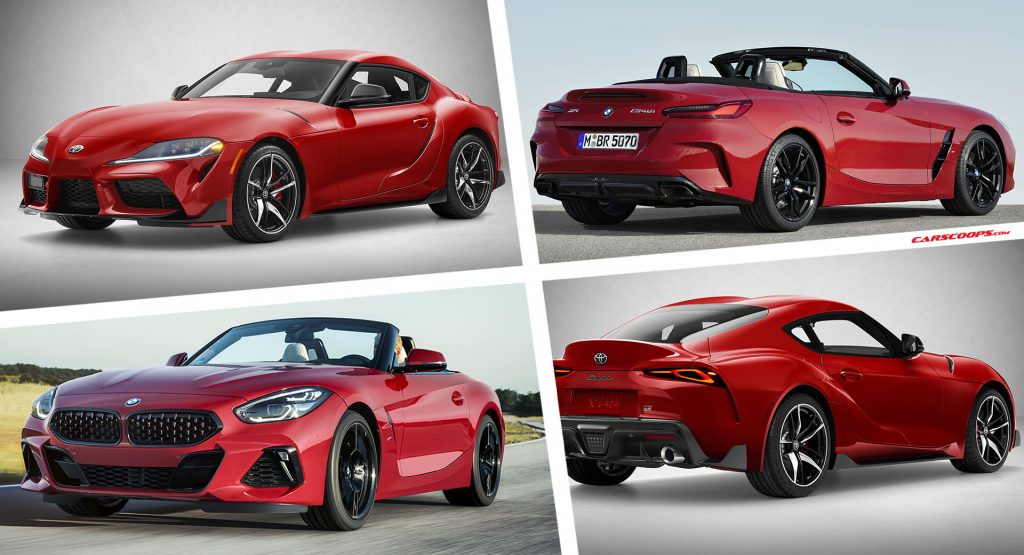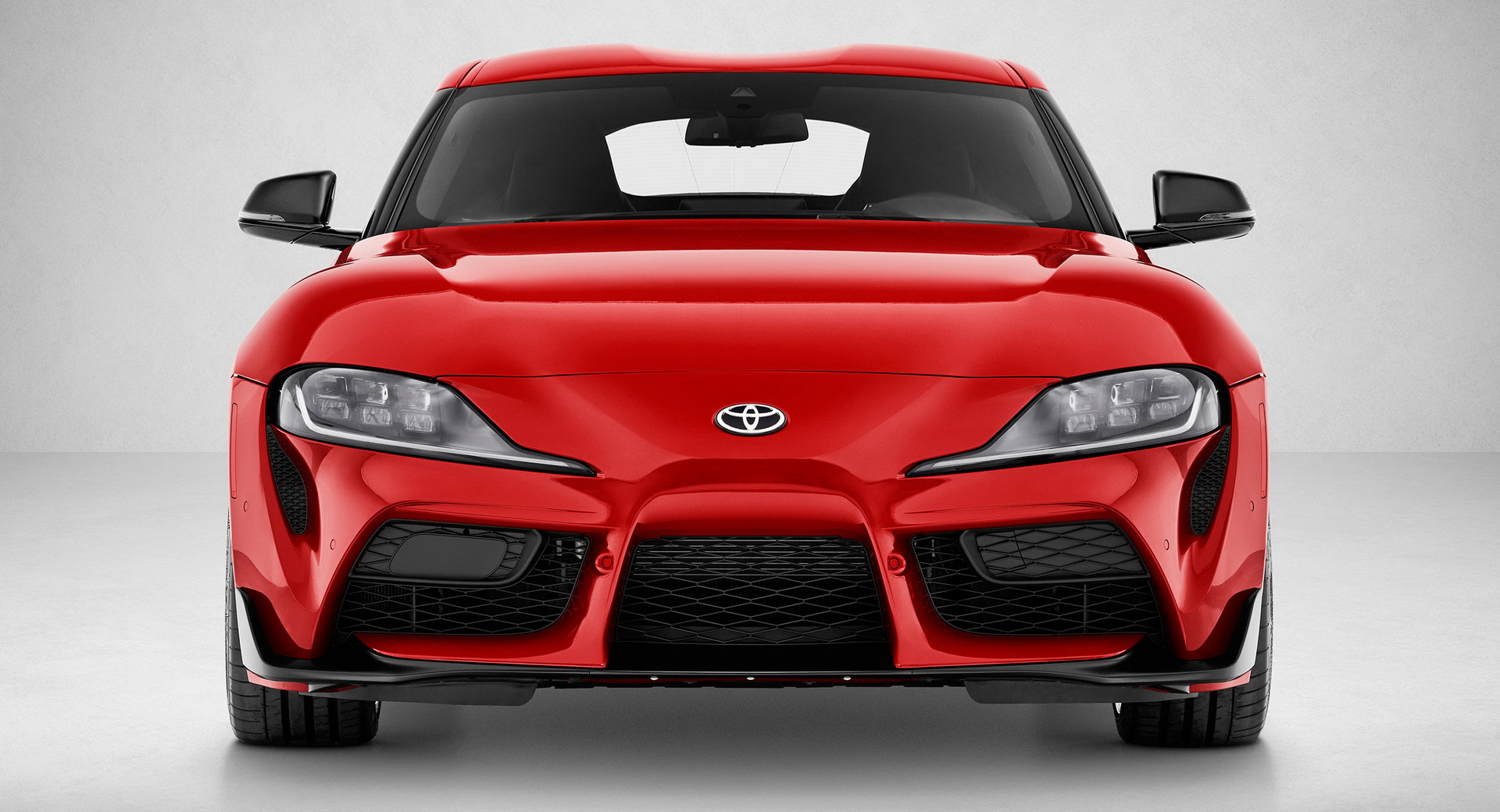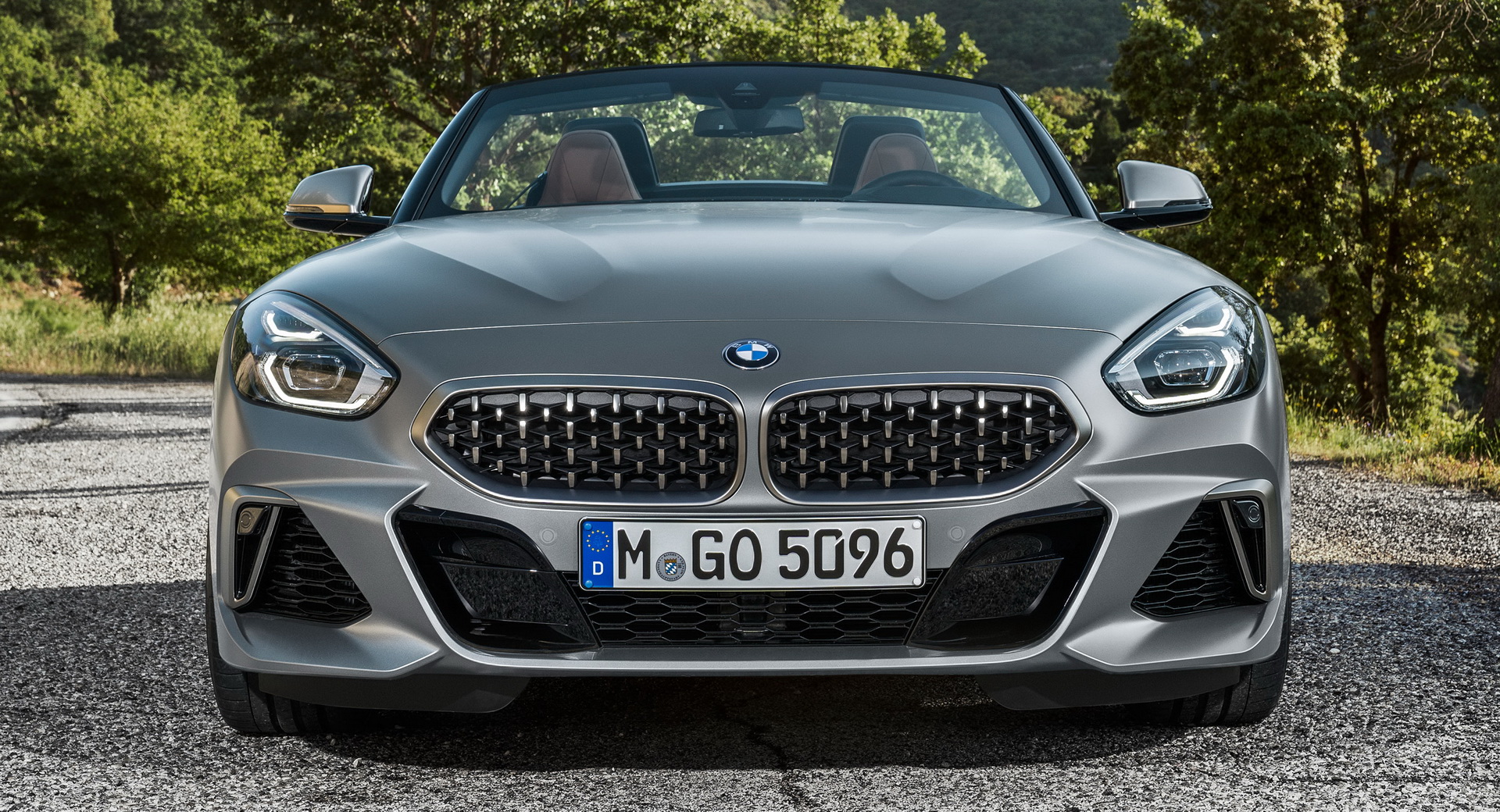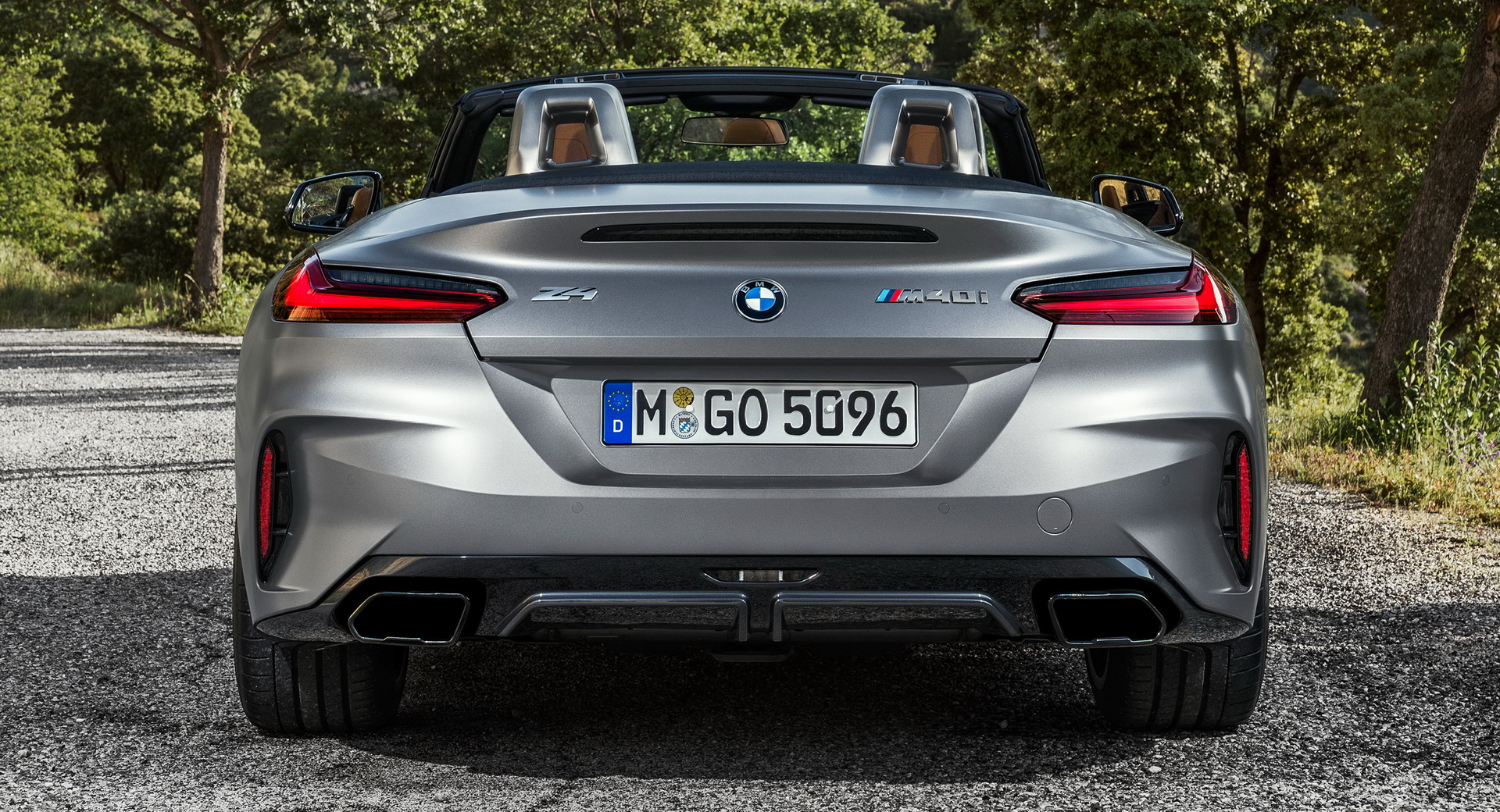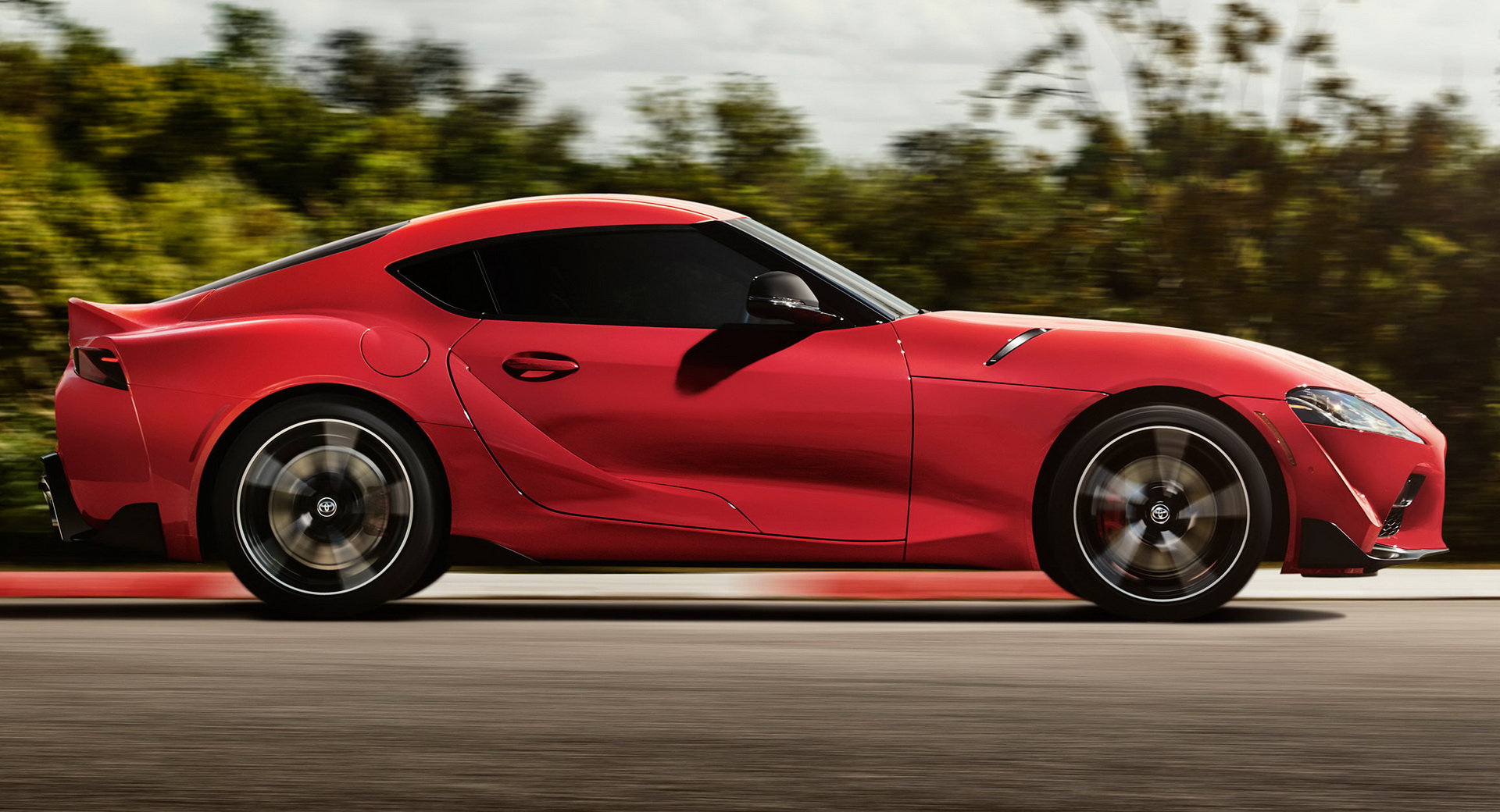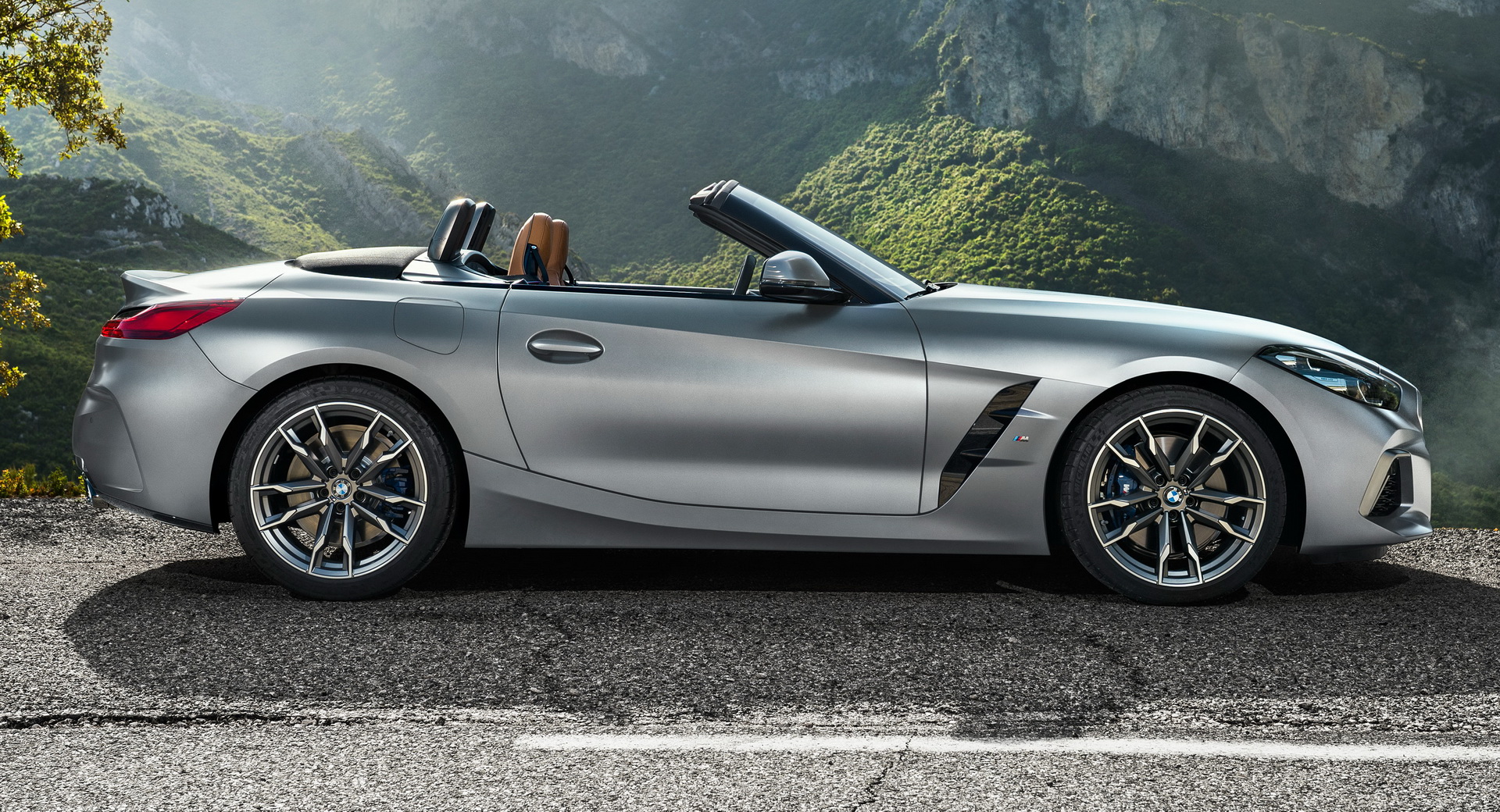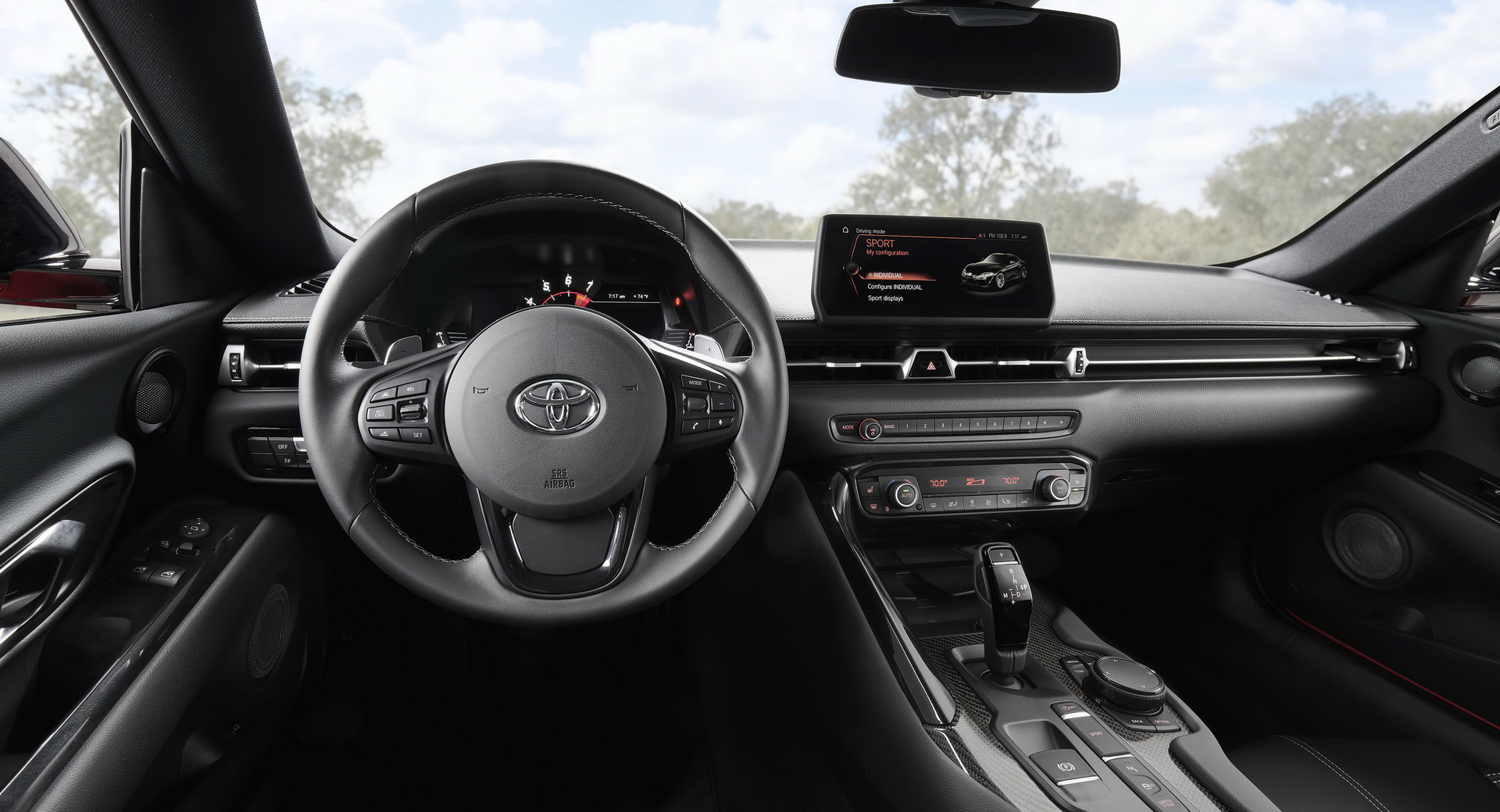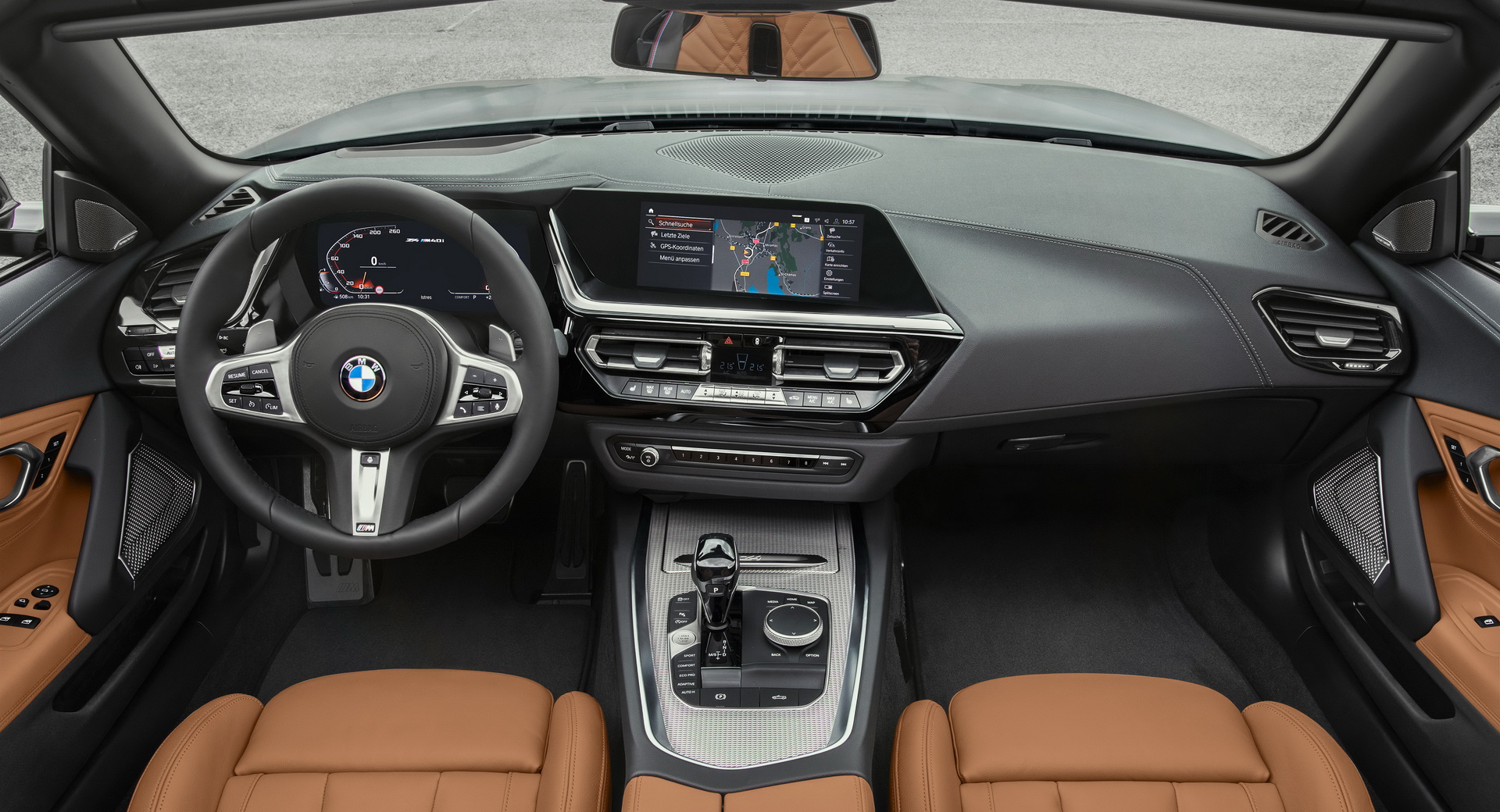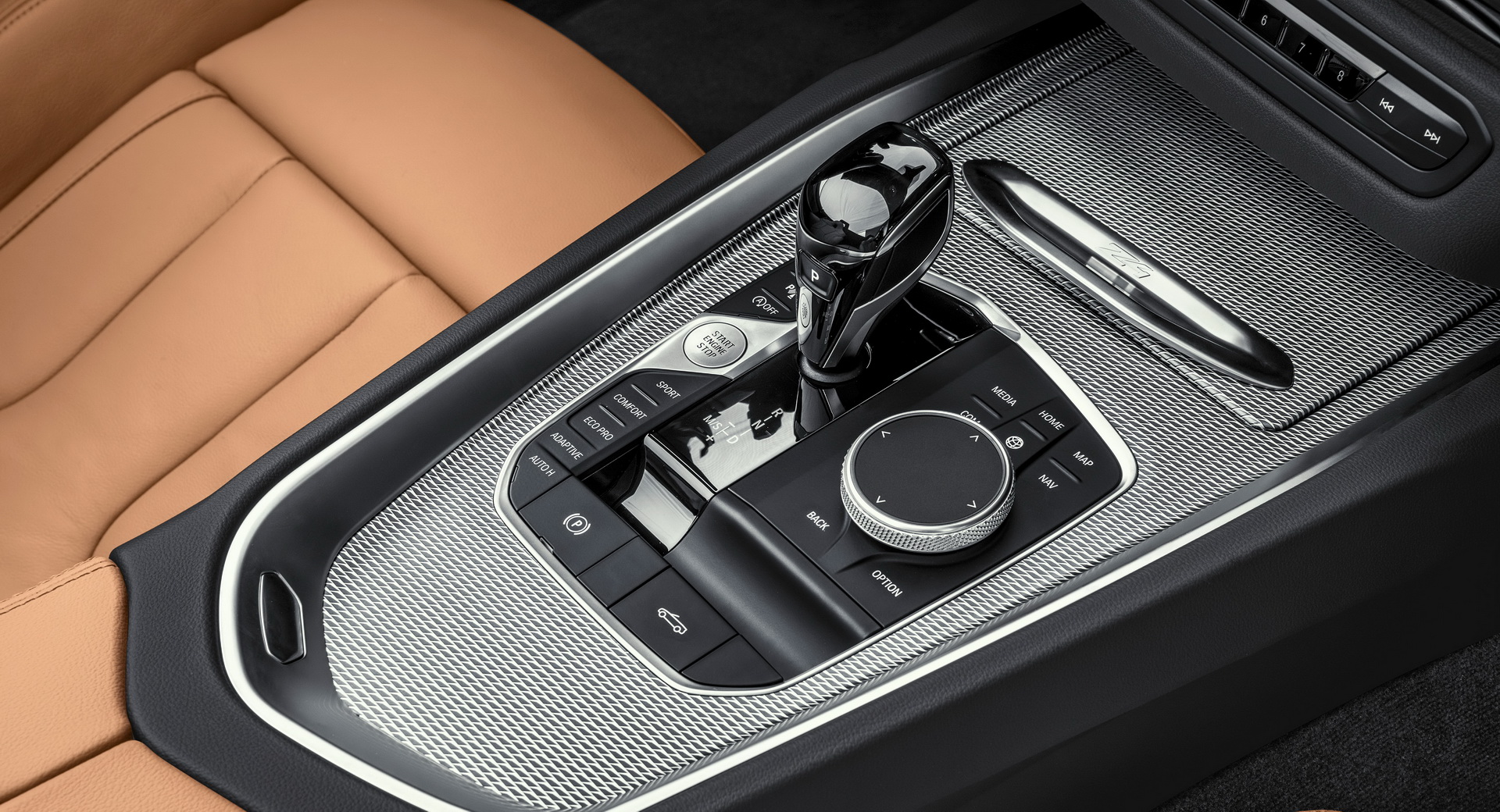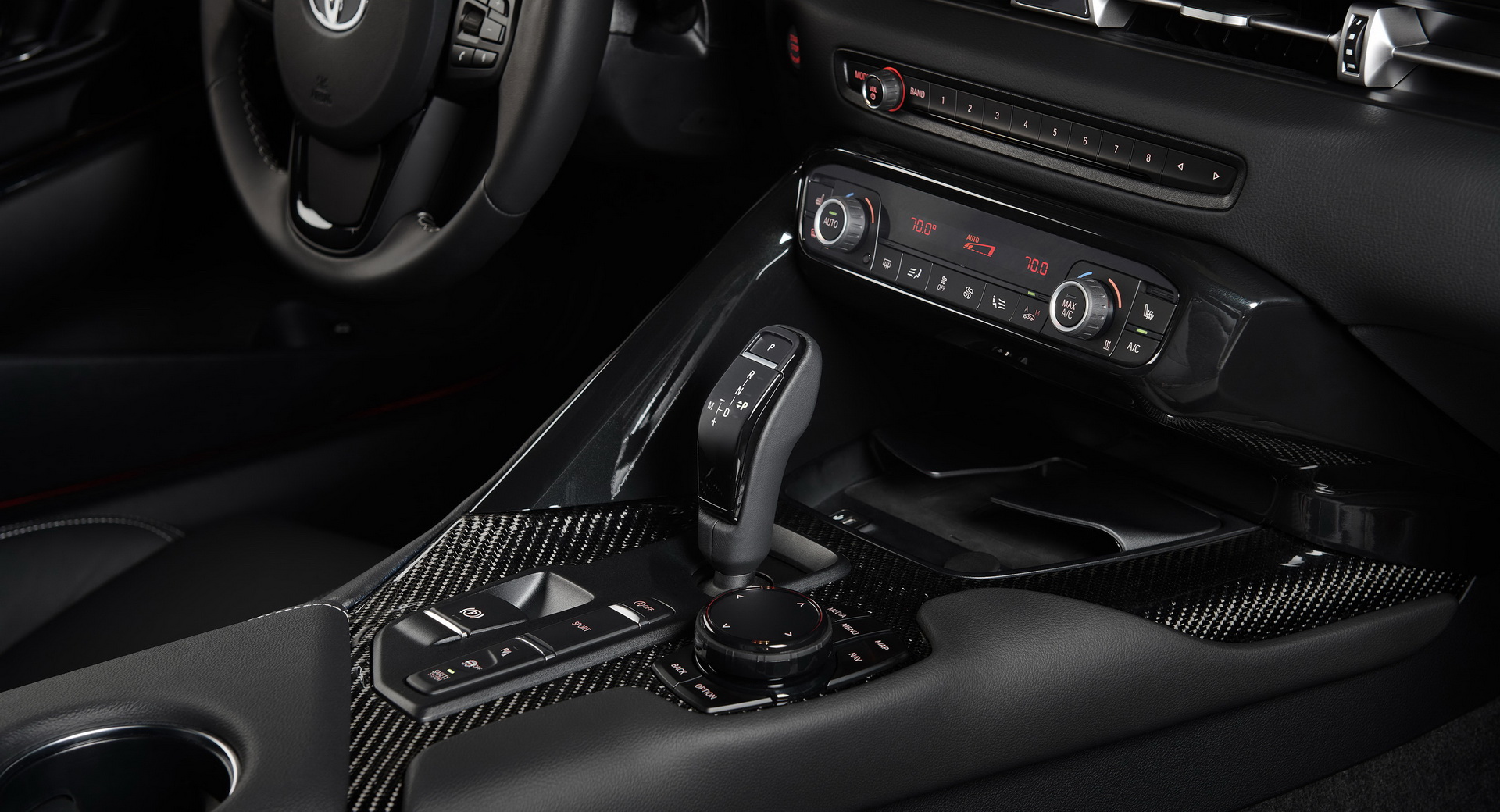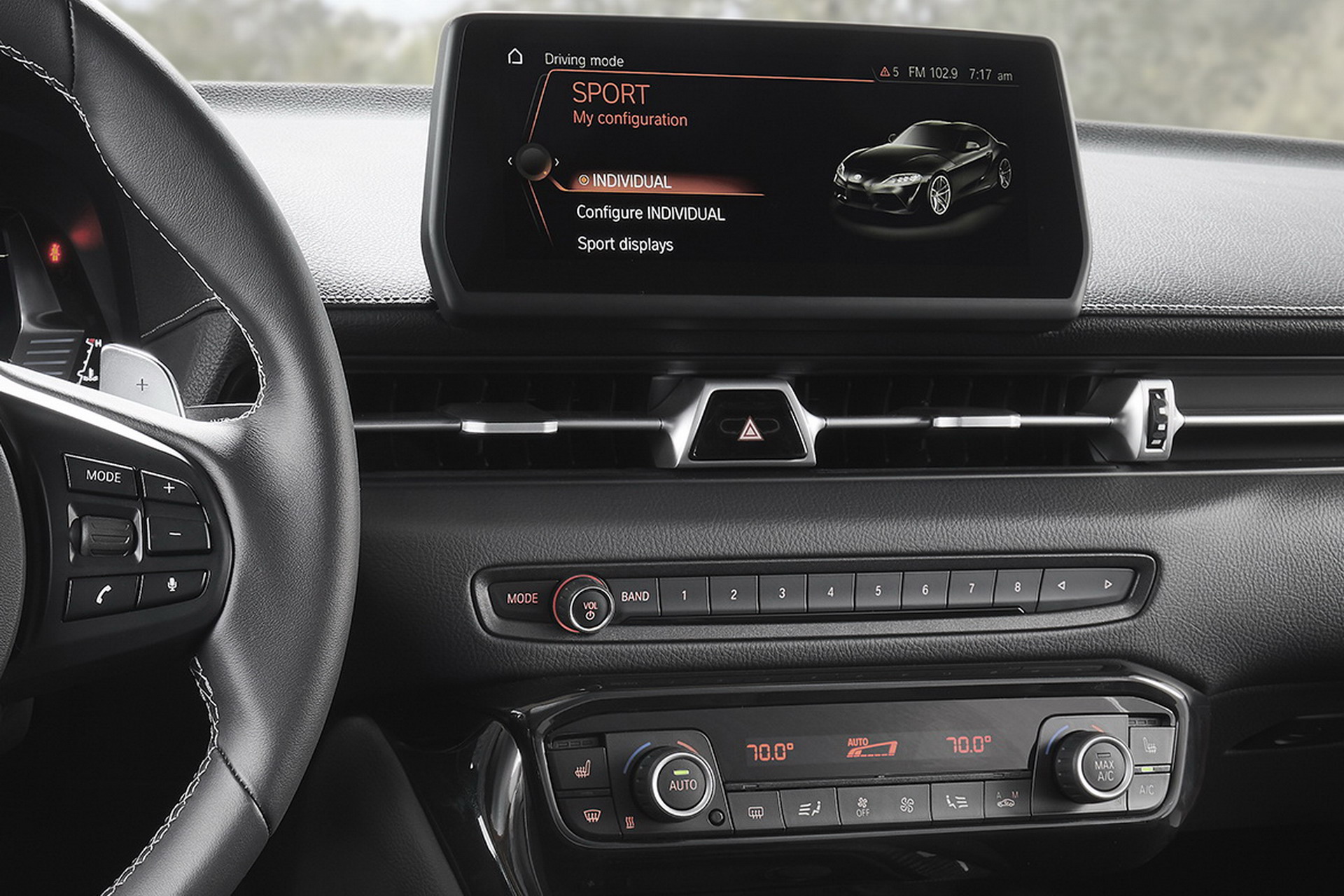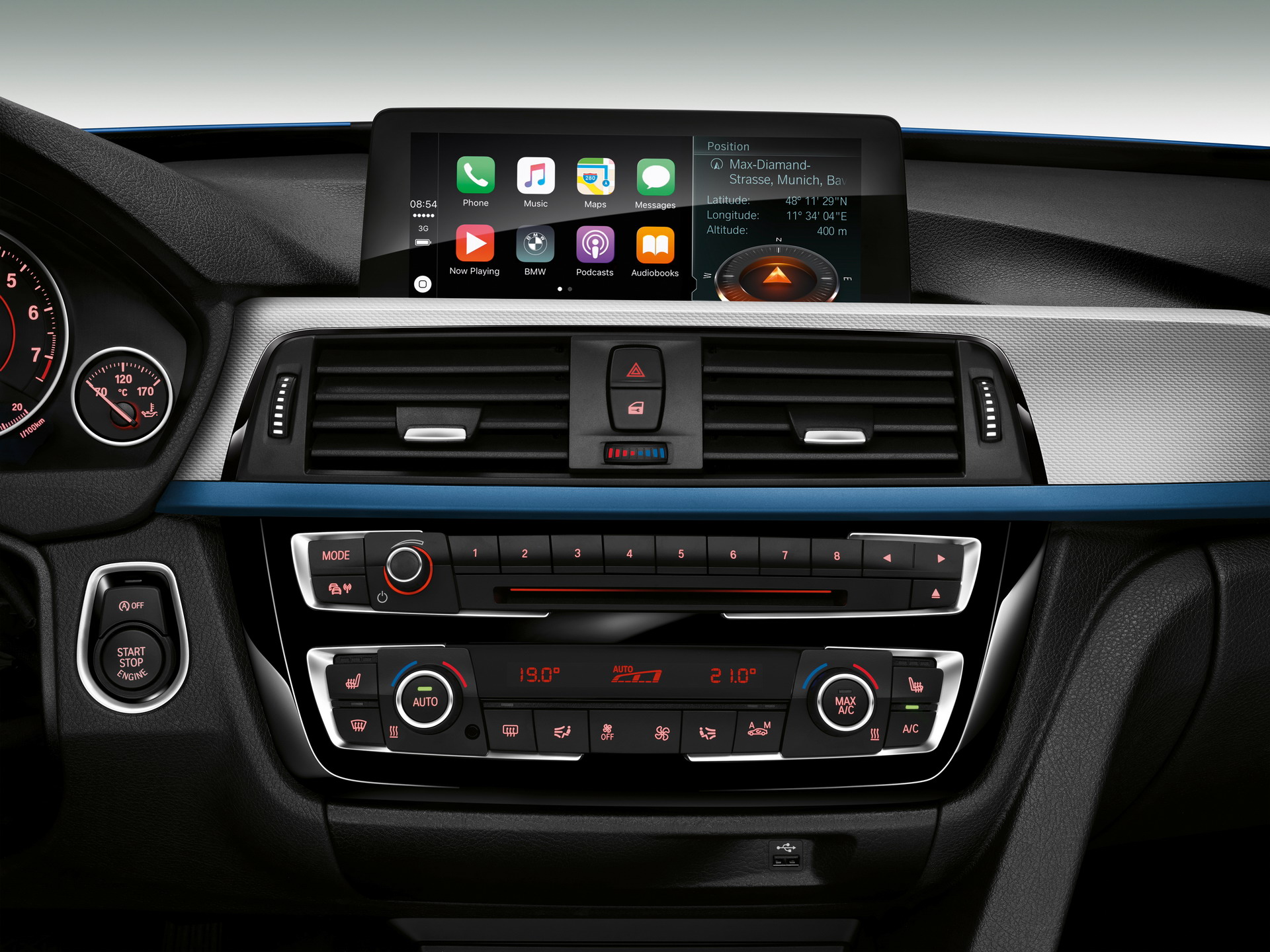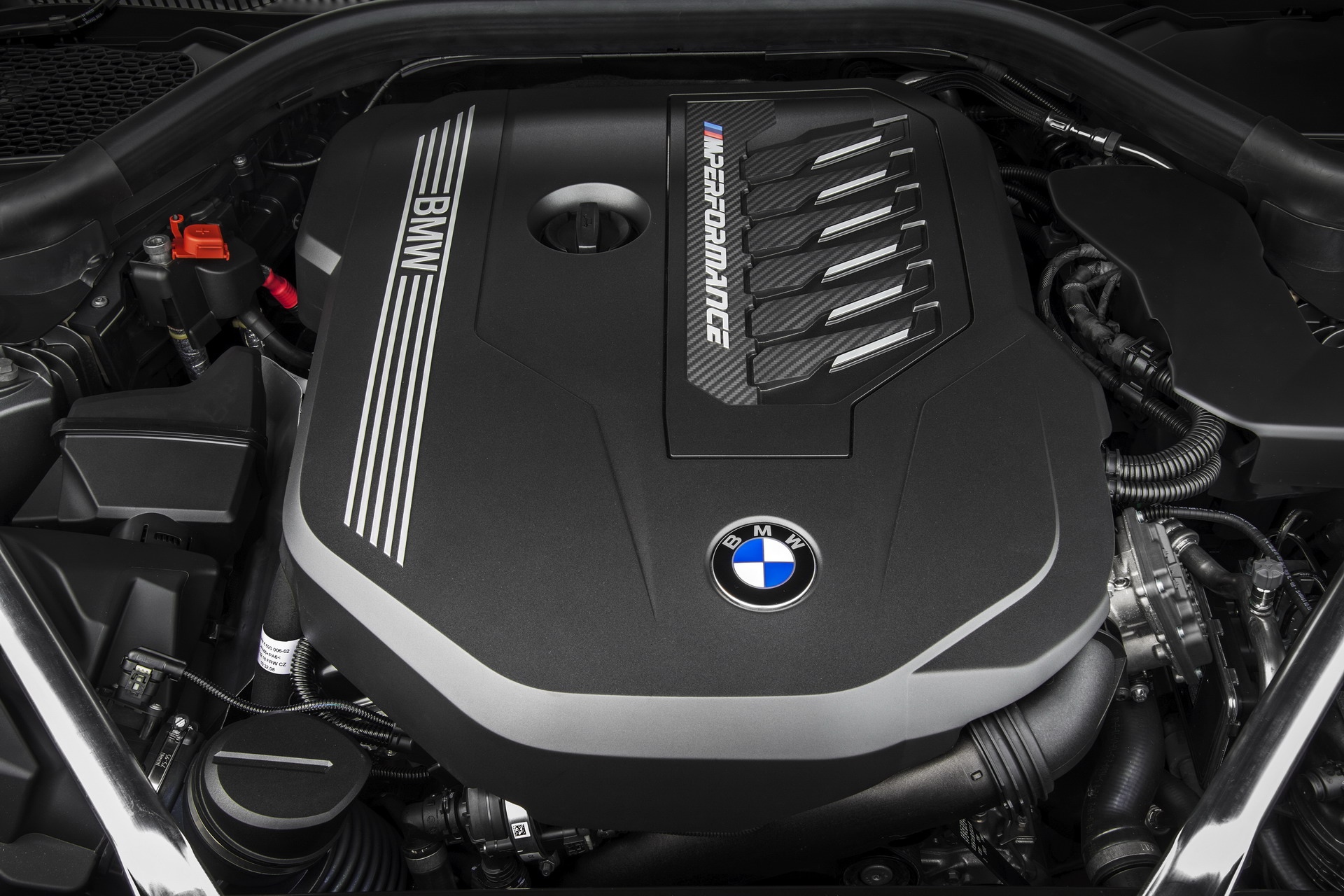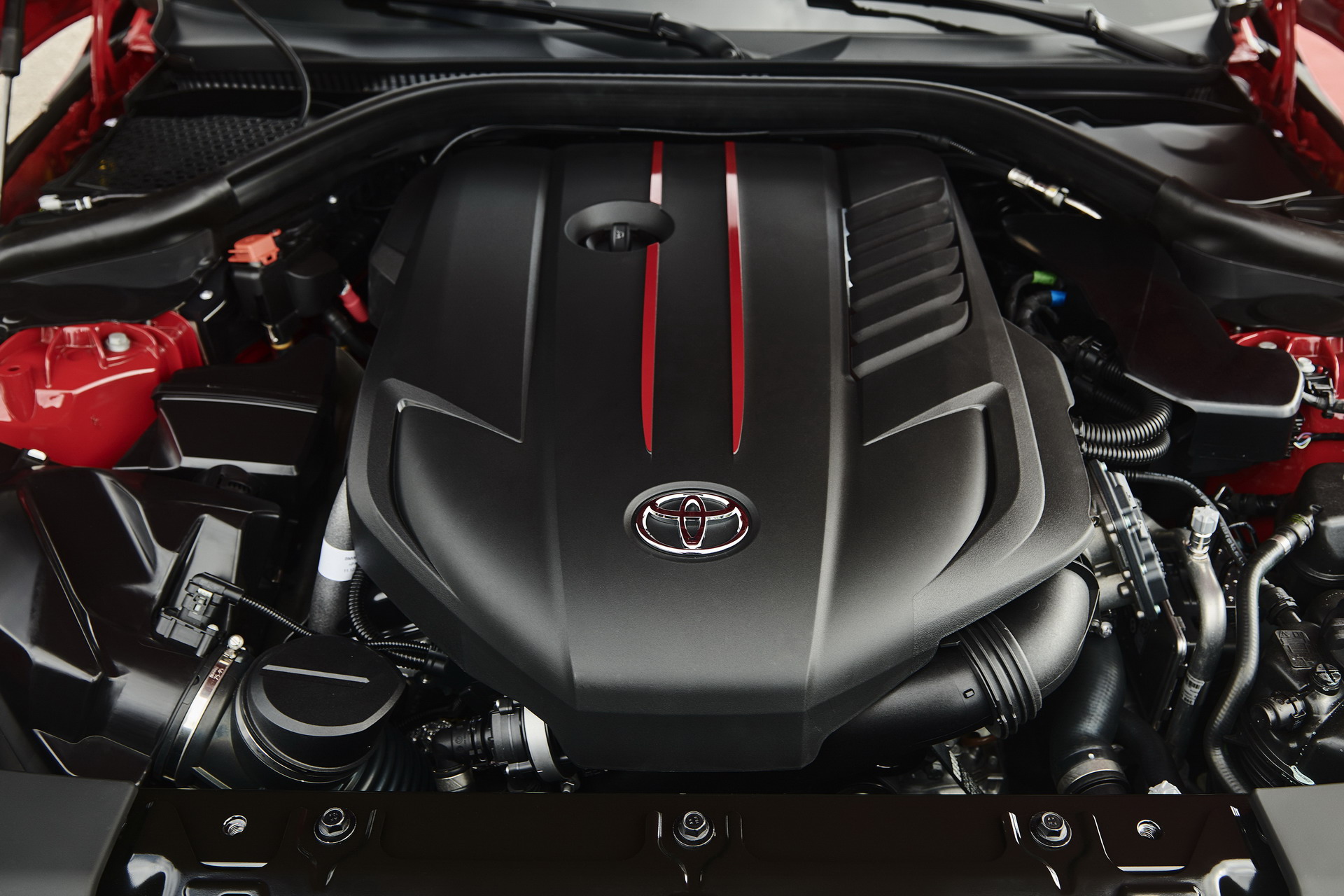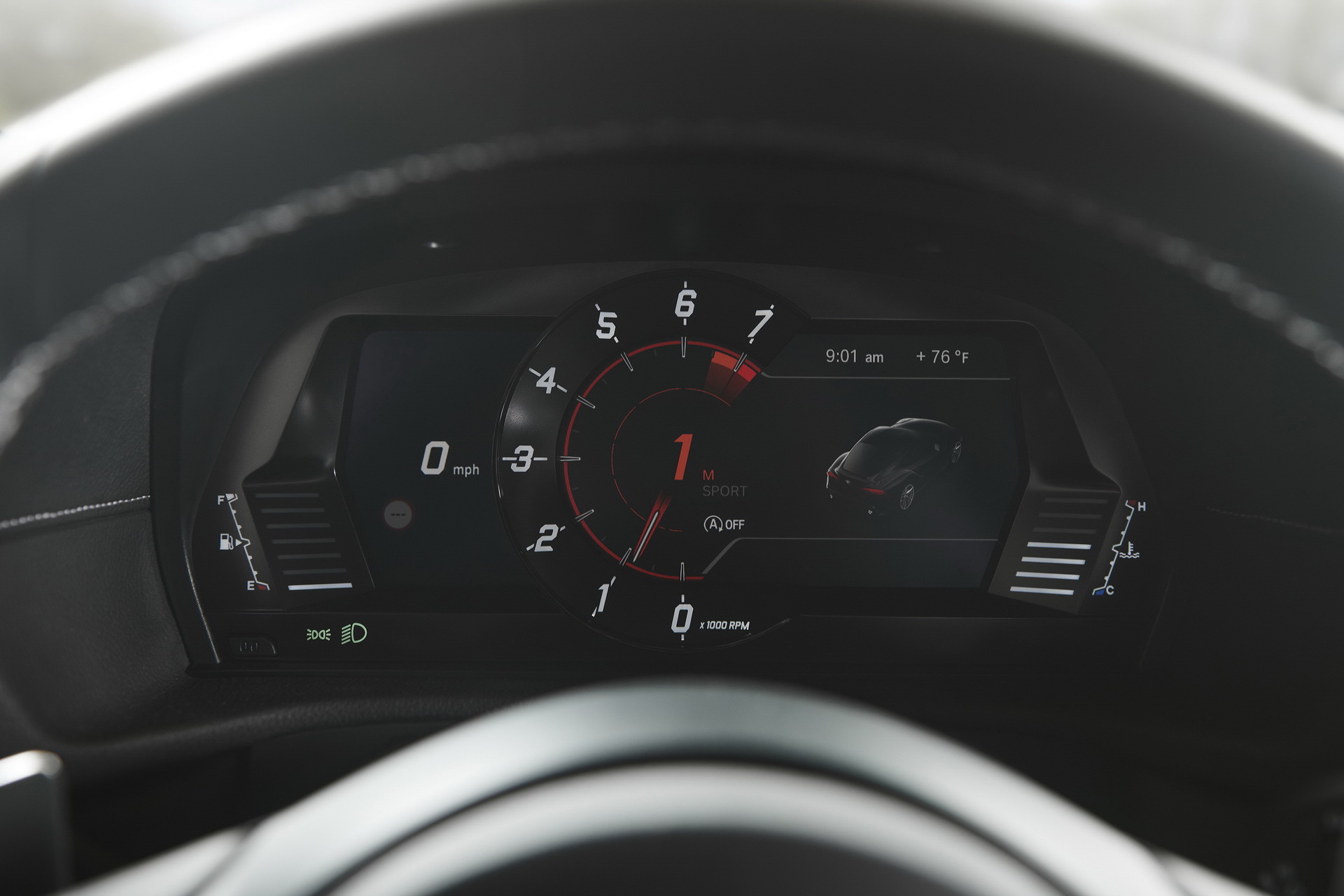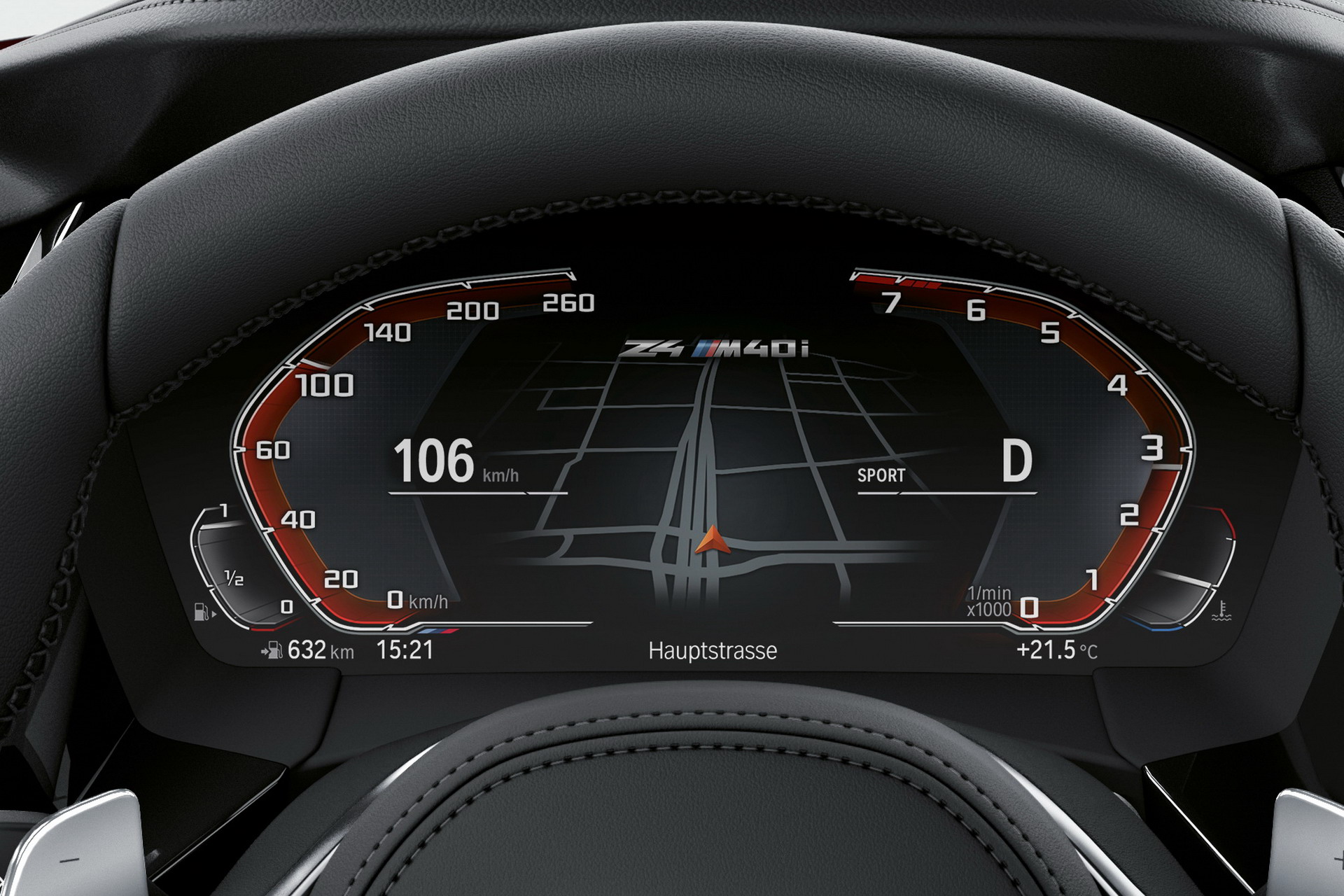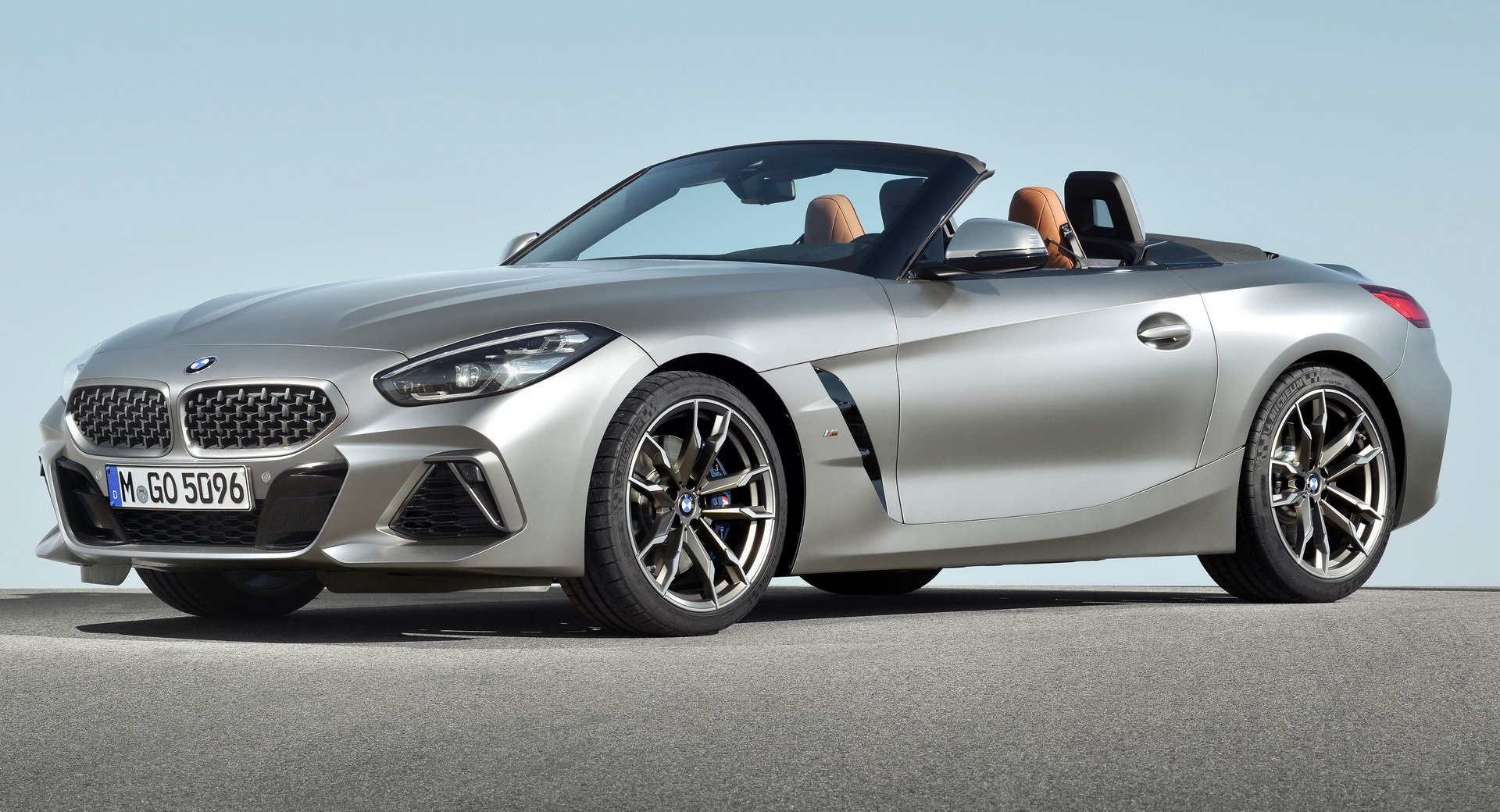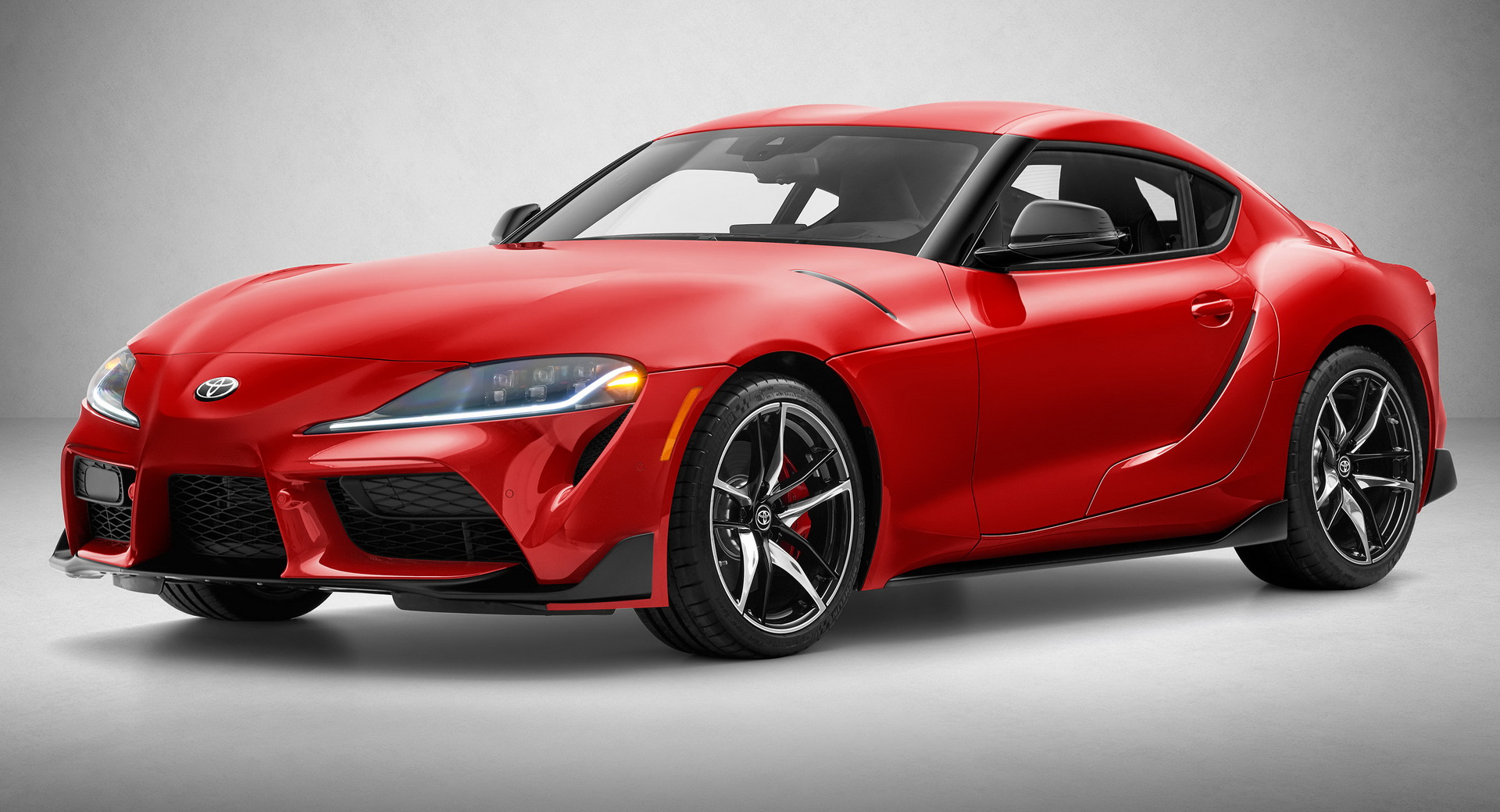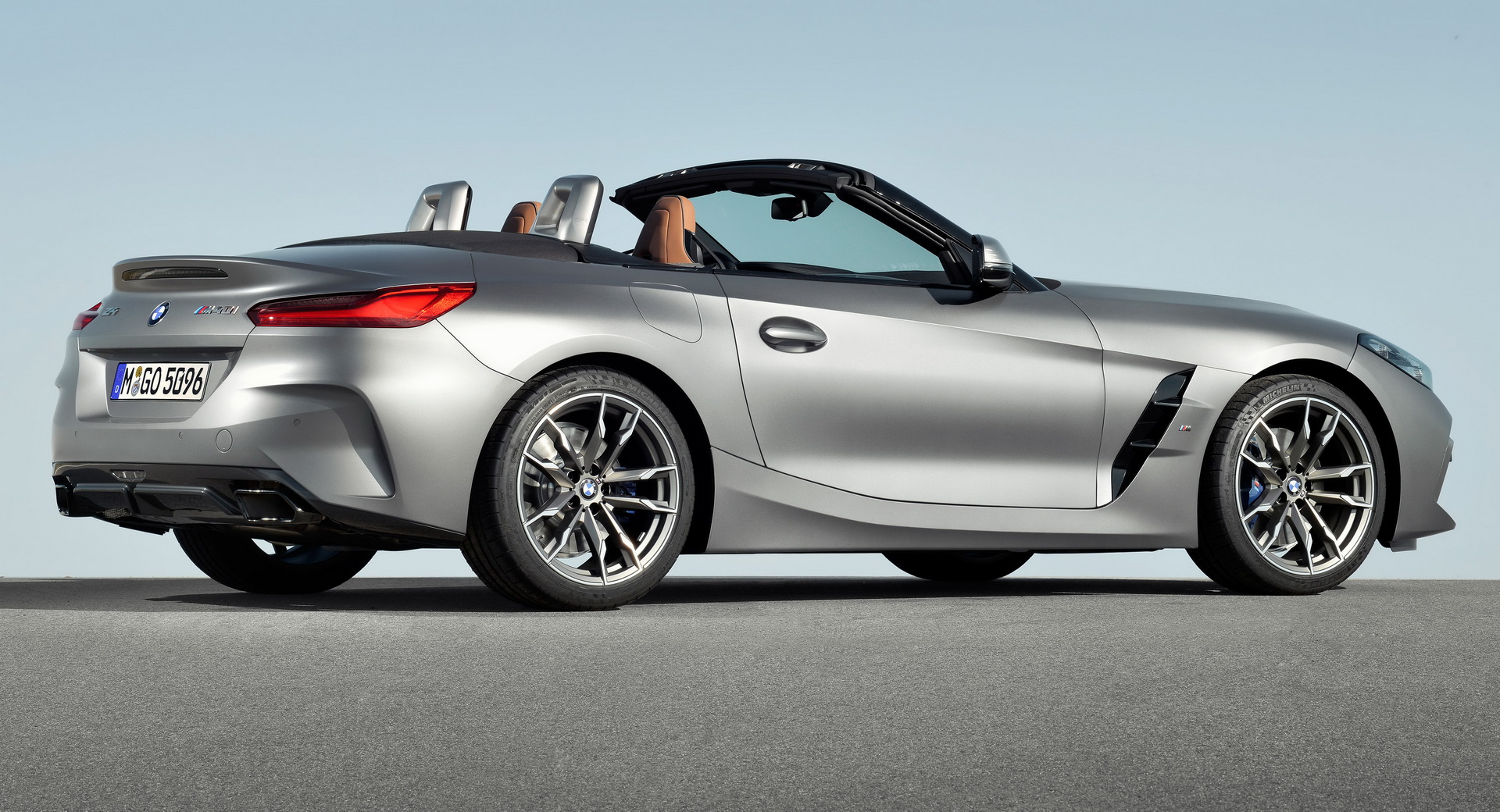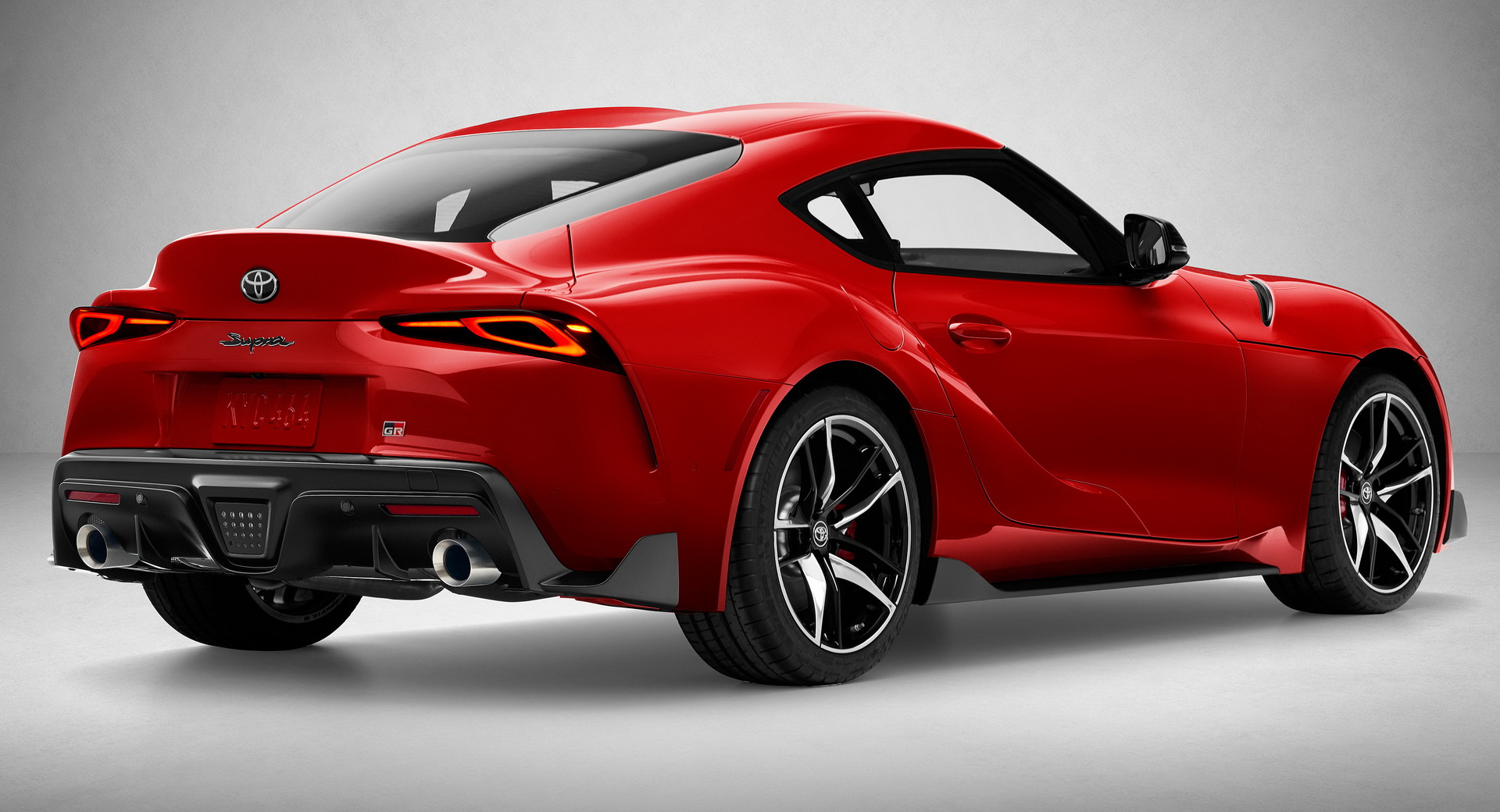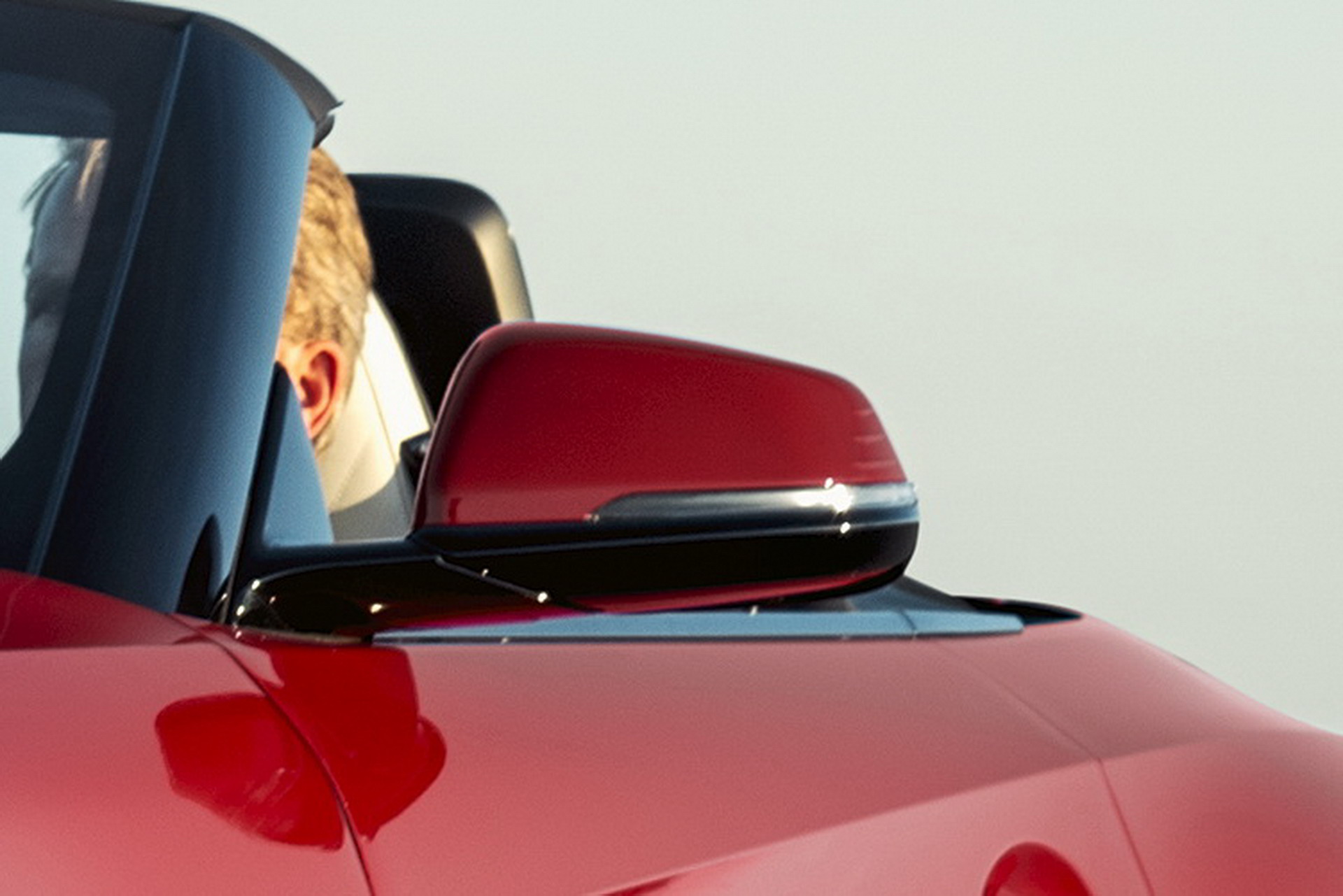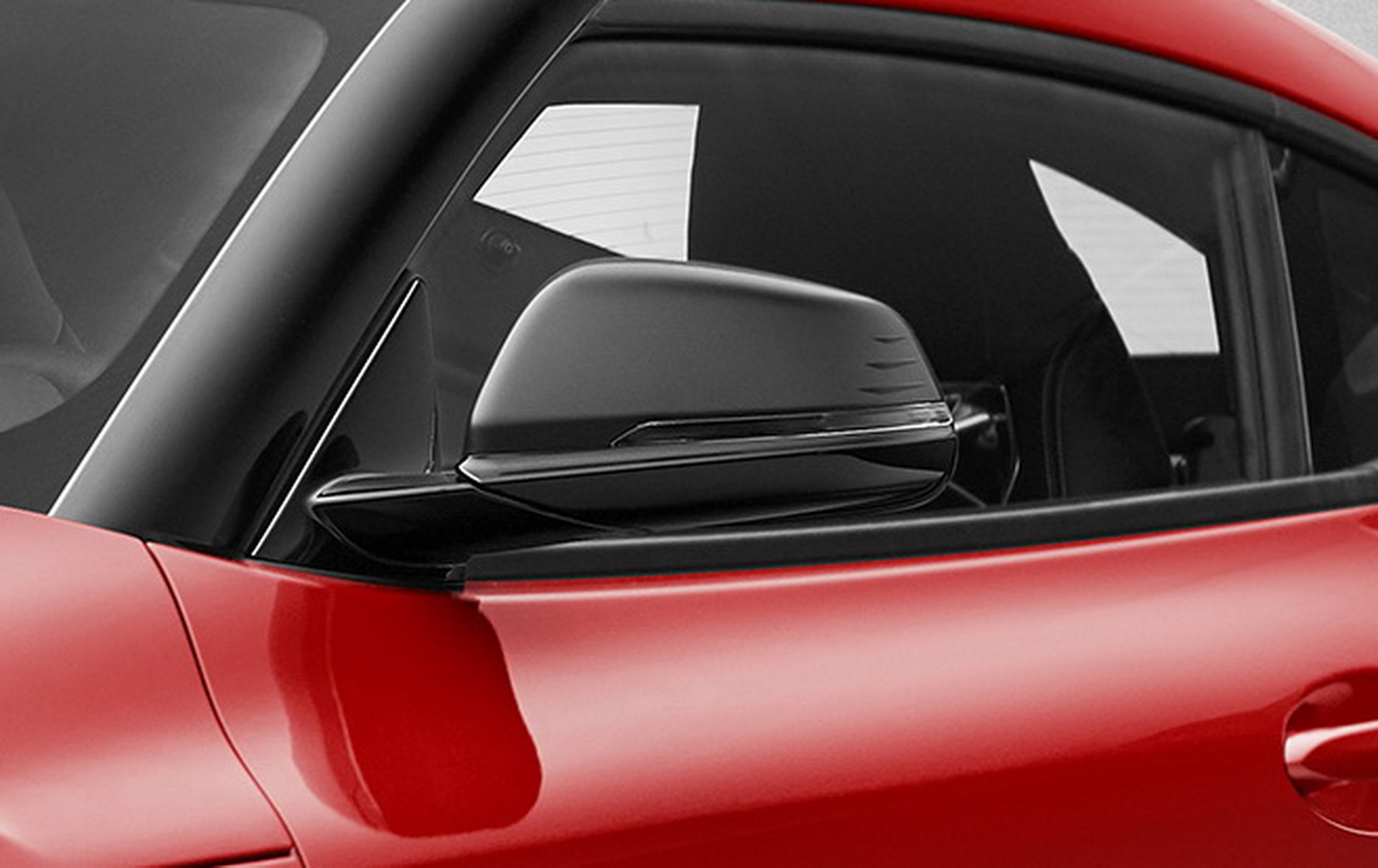After more than 16 years, the Supra nameplate is back in Toyota’s lineup. It is a brand new car, co-developed from scratch, and wants to appeal both to the brand’s enthusiasts, who have been craving for a new Supra for over a decade, as well as sports car aficionados in general.
While the Japanese coupe was still being engineered, the number of rivals has gone up. From the Porsche 718 Cayman and BMW M2, to the Alfa Romeo 4C and new Alpine A110, the fifth-gen Supra has to face them all – at least in some parts of the world.
Whether it’s everything that it was promised to be, and if it maintains the DNA of its famous predecessor, remains to be seen. For now, we’ll focus our attention on what we can see by pitting it against its German sibling, the BMW Z4.
They might have been co-developed by Toyota and BMW, and be built at the same plant in Austria by Magna Steyr, but thankfully each has its own, proprietary sheetmetal and there’s no visible parts shared on the outside sans the door mirrors and handles.
By looking at the front ends of both cars, it’s hard to tell that they’re based on the same underpinnings. The Supra has a pair of headlights reminiscent of its predecessor and proudly wears its badge on the V-shaped nose that is somehow reminiscent of an F1 car’s beak. The bumper features different air intakes compared to the Z4, and even the hood is bespoke.
Head over to the back and the two designs differ more. While the roadster adheres to modern-day BMW design trends, the Japanese coupe’s designers have really gone to town. The aggressively-styled bumper and diffuser, large duck-style spoiler, brake reverse light inspired by F1 cars (and the Ferrari F12berlinetta…) and the impression of large hips come together to create a very dramatic, if rather fussy, rear end.
The new Supra and Z4 have a long hood and short overhangs. The angle of the windscreen appears to be identical in both (the common underpinnings do pose some restrictions), although the first has a fixed double-bubble roof, whereas the other is offered only with a folding soft top.
Inside the Supra, it’s BMW-parts bin galore
While you’d be hard pressed to tell the two are related just by looking at their bodywork, the interior is a totally different story. To put is gently, many interior features of the Supra have come from BMW. This is evident by all the buttons, knobs, radio controls and even the steering wheel and gear lever iDrive infotainment system that are recognizably German.
In fact, many controls and corresponding screens, including the radio, air-conditioning system, parking button and more were sourced from previous-generation BMWs like the older 3-Series.
At least the overall design of the dashboard is different (interestingly, the center console is angled towards the driver in the Z4 but not the Supra), and the same stands for things like the air vents and the digital instrument cluster. Of course, Toyota’s product planners could do much worse than borrow parts from such a high-quality item as the Bimmer, but the cognoscenti and avid Supra fans might not be pleased by that.
2014 BMW 3-Series / Toyota GR Supra Center Consoles Pictured Below
In the United States, the new Supra will launch with the 3.0-liter turbo-six petrol engine made by BMW (Japan will get turbo fours, too). It churns out 335 hp (340 PS / 250 kW) and 365 lb-ft (495 Nm) of torque. That’s a sizable 47 hp (48 PS / 35 kW) [and 4 lb-ft (5 Nm)] less than what buyers of the Z4 M40i get. An unusual choice, especially if you consider that the coupe is supposed to be the more driver-focused of the two.
Speaking of which, the latter’s specs were recently updated, dropping from 4.4 to 3.9 seconds for the 0-60 mph (0-96 km/h) sprint. This makes it 0.2 seconds quicker than the Supra, at least on paper, and is perhaps an indication that, despite what Toyota and BMW say about the two targeting different customers, at the end of the day the a new Z4 and reborn Supra will have to tough it out in the harsh and ultra-demanding world of sports cars no matter what kind of top they have.



